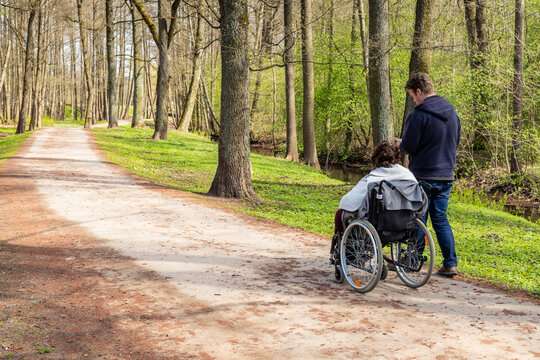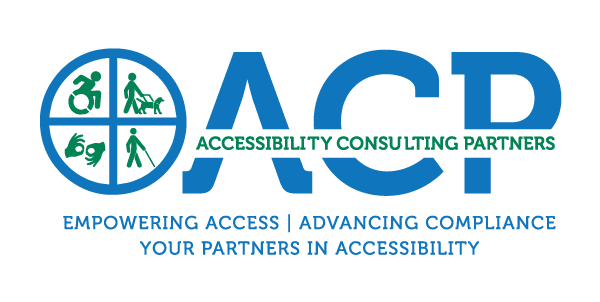Parks and recreation areas are treasured spaces for communities to relax, exercise, and connect with nature. They are vital for physical and mental health and create a sense of belonging. Yet, for many people, enjoying these spaces isn’t always straightforward. Challenges often present themselves as rough terrain, inadequate facilities, or a lack of information limiting access to individuals with disabilities and community members alike. Creating truly accessible parks isn’t only about meeting requirements; it’s about providing a space that everyone can appreciate.
Accessibility in these common spaces is important because it provides equal opportunity for everyone to enjoy the gifts of nature. Spending time outdoors can reduce stress, improve moods, and create a sense of community. However, these spaces are only meaningful when parks are inclusive to all. Accessibility expands the experience for everyone from a young child exploring to a senior with limited mobility and everyone in between. Accessibility is not just about convenience but about fostering an inclusive and diverse space where everyone of all abilities is welcome.
Inclusive parks represent a commitment to a community and its well-being. When everyone can access and enjoy outdoor spaces, it strengthens and creates bonds within these spaces that foster lasting relationships within its neighborhoods and its residents.

Even with an inclusive design implemented, designers will encounter unique challenges depending on geographic terrain. We often find landscapes that are challenging to navigate if they are not firm and stable and have excessive slope issues, whether in the running or cross directions. Ensuring that these pathways have compliant surfaces to slopes that fall within the scope of compliance to compliant features throughout these spaces is imperative. Providing sensory elements such as tactile or alternative communication can positively impact the inclusive and engaging nature of being outdoors.
The advantages of accessible parks are not only for individual people but also for entire communities. Inclusive outdoor spaces create positive spaces to interact in. Everyone can find ease and greater enjoyment in parks that prioritize accessibility. The increased usability and navigability typically lead to a greater number of visitors, which can impact the local economy and create a sense of pride in a region. Parks with accessibility in mind become symbols of a community’s commitment to inclusion for everyone who lives there.
Accessible parks encourage individuals to enjoy nature safely and invitingly, allowing people to gather and celebrate. Inclusivity is only achieved when no community members feel left out. No matter the age, ability, or background, everyone can enjoy the outdoors.
If you need help navigating accessibility standards, conducting site walks, or tackling unique challenges, ACP is here to guide you. Our team specializes in turning complex regulations into practical, inclusive solutions that benefit everyone. From ensuring compliance to creating spaces that truly welcome all abilities, we’re dedicated to making accessibility achievable. Let us help you build stronger, more inclusive communities.
